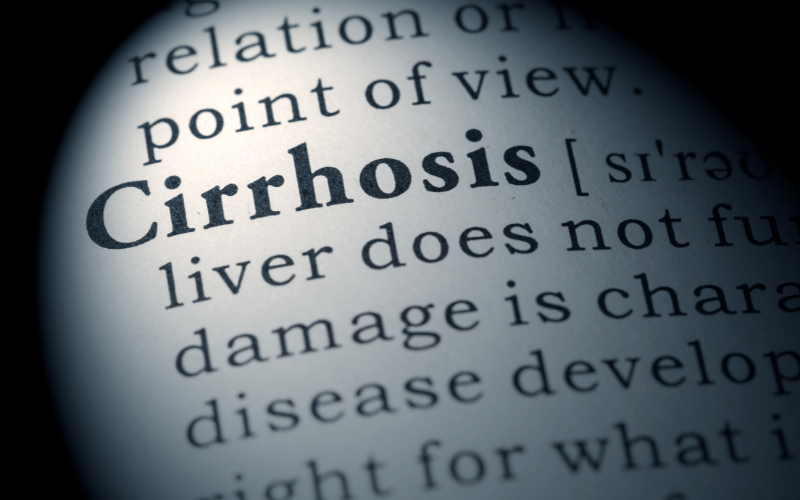10. The Role of Cirrhosis: From Scarring to Carcinoma: The Liver’s Treacherous Path

Cirrhosis, a term synonymous with chronic liver damage, is a dense web of scarring interspersed with nodules of regenerating liver tissue. Its association with HCC is profound. Notably, not all cirrhosis cases progress to HCC, but a significant chunk of HCC patients have underlying cirrhosis.
The journey from cirrhosis to HCC isn’t straightforward. It’s a cascade of events where persistent liver injury triggers inflammation and regeneration. Over time, this cyclical process increases the chances of cellular mutations, some of which might be cancerous.
It’s fascinating how the cause of cirrhosis influences HCC risks. Cirrhosis due to viral hepatitis, especially hepatitis C, has a higher propensity for HCC compared to alcohol-induced cirrhosis. However, when both factors coexist, the risks amplify.
Despite its ominous reputation, early-stage cirrhosis can be managed. Interventions range from addressing the root cause, like antiviral therapy for hepatitis, to lifestyle modifications and symptomatic treatment. Regular surveillance in cirrhotic patients is paramount, given their elevated HCC risk.
Understanding the relationship between cirrhosis and HCC is not just clinically relevant; it’s a testament to the liver’s resilience and its vulnerability. It underscores the significance of early intervention, vigilant monitoring, and comprehensive care in those with liver ailments. (10)